While dealing with a serious illness, writer Scott Naugle finds his path to recovery leads down a garden path.
Mid-March, I pushed the wheelbarrow, gripping it as my makeshift walker, slowly and falteringly struggling toward the botanical patient. A few weeks out of my second surgery within two months, withered and lame, I was intent on defying the surgeon’s orders to remain in bed.
From my earliest memory, gardening has always been therapy, my green recovery room, where I locate a peaceful respite, sweating the tension away with the swing of a scythe, lopping back the Hedera covering and obscuring the earth as well as ensnarling my disposition. Eschewing traditional physical therapy, I was determined to regain strength under the warming sun surrounded by azaleas, caladiums, and elephant ears. Gardening is an experience appreciated by many whether digging in the dirt, planning the plantings, or exchanging notes about foliage follies. In “Onward and Upward in the Garden,” a collection of Katherine White’s garden columns for “The New Yorker” magazine, husband E.B. White, author of the children’s classics “Charlotte’s Web” and “Stuart Little,” wrote of his wife’s respect for the hard labor of planting and weeding: “She refused to dress down to a garden: she moved in elegantly and walked among her flowers as she walked among her friends – nicely dressed, perfectly poised. If when she arrived back indoors the Ferragamos were encased in mud, she kicked them off.”
Katherine White’s essays both criticize and applaud seed catalogs. She notes that the horticulturists and hybridizers who assemble the annual seed catalogs are “individualistic – as any Faulkner or Hemingway, and they can be just as frustrating and rewarding.”
White highlights Atlee Burpee and Joseph Harris for what the seedsmen are doing to zinnias in their catalogs. She aims a critical thorn at Burpee for “devot[ing] its inside front cover to full-color pictures of its Giant Hybrid Zinnias, which look exactly like great, shaggy chrysanthemums. Now, I like chrysanthemums, but why should zinnias be made to look like them?” White is in a snit and having none of this genetic tinkering. I imagine she may have removed a Ferragamo and tossed it across the room. Duck, E.B. I lowered myself to the ground at garden’s edge close enough to the Hydrangea so that I could clip and debulk the detritus with a surgeon’s precision, preserving anything green showing signs of healthy regrowth. The coarse cool sandy soil gently scraping against my knees, after weeks of starched white sheets and bleached hospital gowns, sent a rush of warming bliss through my body. I was in touch with the earth again. In the collected letters between two gardening friends, “Two Gardeners: A Friendship in Letters,” Katherine White and Elizabeth Lawrence share their lives, illnesses and births, within letters framed by the latest bulb discovery or the best positioning for a cyclamen in the sun. An inquiry from one correspondent to the other may begin with, “My next question is to ask whether you happen to know the title of any recent books on flower arrangement?”
Lawrence and White are a smidge high-minded for me, graciously formal and exacting, while writing to the other on gardening. I’ve never been able to pronounce the botanically accurate names of plants that both toss about effortlessly – Cluisiana, Marjolettii, acuminata, and Oxalis bowiei. Either my tongue is too heavy or I have a mental block in verbalizing words that sound foreign for something simple and natural, a tulip bulb, or I possibly cannot conceptualize of the odd alignment of consonants and vowels.
Pseudomyxoma Peritonei is my cancer. I cannot pronounce it either. Henry Mitchell, writing in “One Man’s Garden,” approaches the garden with much of the same jovial, yet no nonsense approach as I, “If tender folk go to pieces for fear a plant may be hurt (even before it is hurt, and it usually isn’t) then how do they cope with the death of dog or person? We are not born to a bonbon-type life, you know.”
Mitchell was the longtime garden columnist for “The Washington Post.” His humorous articles focus on planting and growing in small spaces, the two hundred and three hundred square feet patches serving as beds, behind Capitol Hill and Georgetown brownstones.
On my hands and knees, moving slowly and gingerly, I aerate the soil surrounding the Hydrangea. The wooden handle of the small hoe is worn smooth from years of gripping, weeding, rejuvenating with it. I lay on a heavy dose of fertilizer while feeling the healing sun for the first time in months. For a moment, it is silent and still. There’s no gulf breeze. I know to my core that if the Hydrangea can recover, then so too will I. Comments are closed.
|
Categories
All
Archives
July 2024
|
Shoofly Magazine Partners
Our Shoofly Partners are local businesses and organizations who share our mission to enrich community life in Bay St. Louis, Waveland, Diamondhead and Pass Christian. These are limited in number to maximize visibility. Email us now to become a Shoofly Partner!

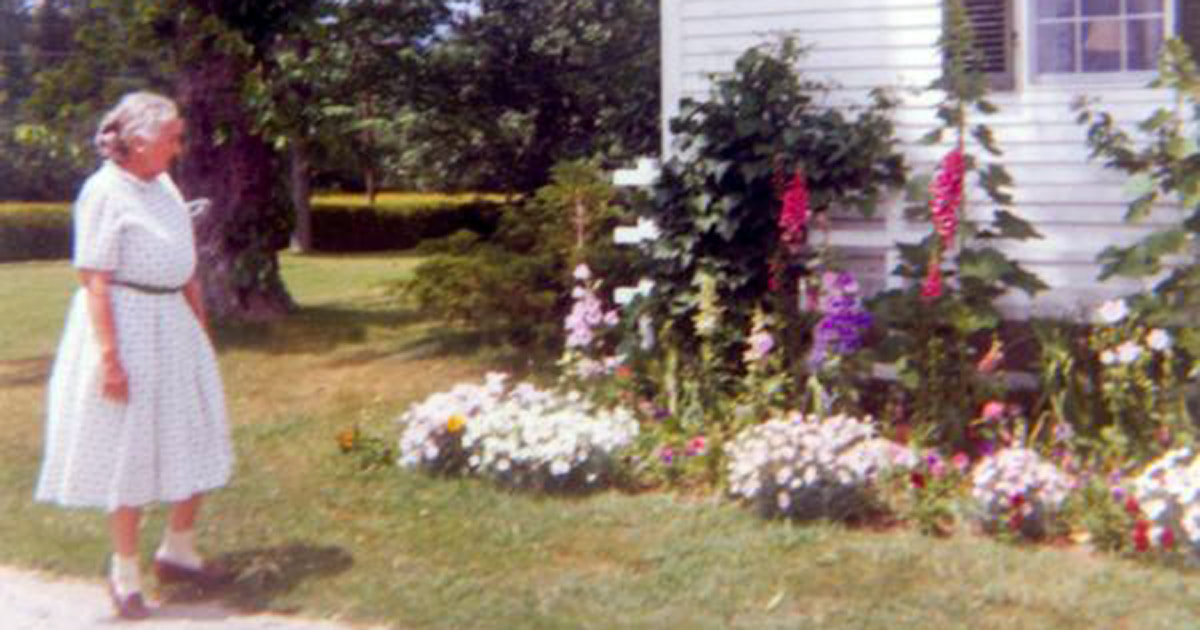
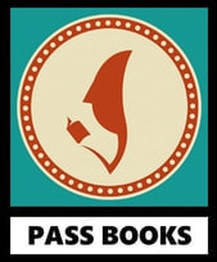


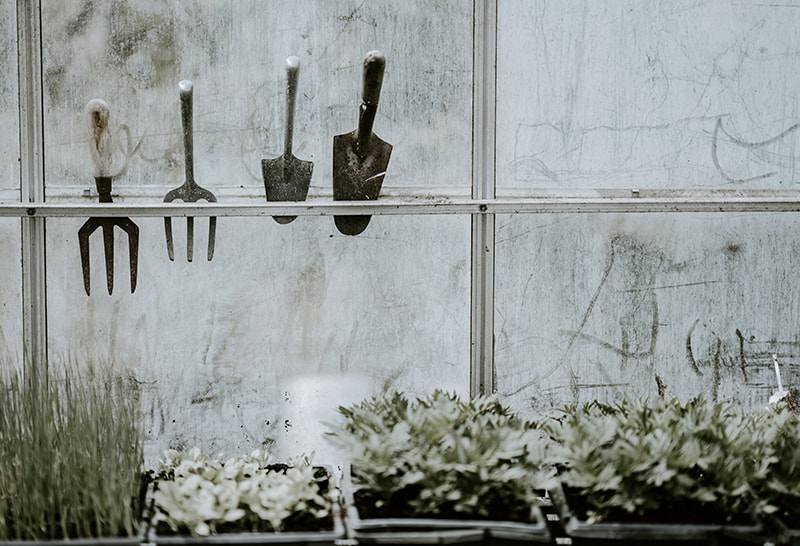
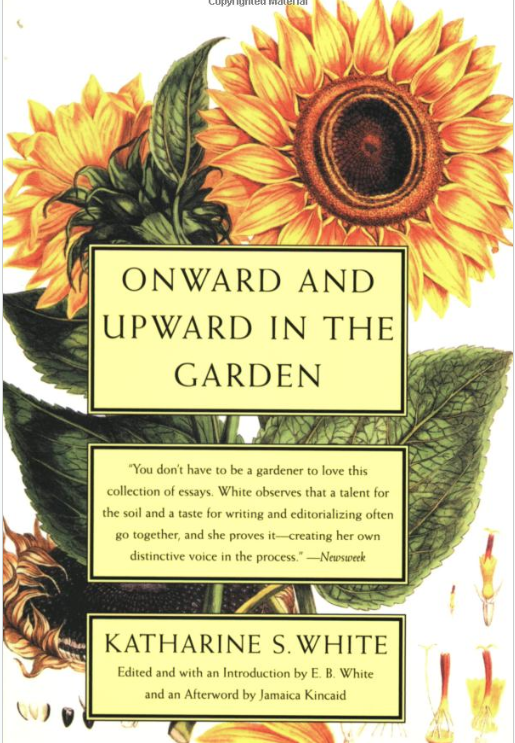
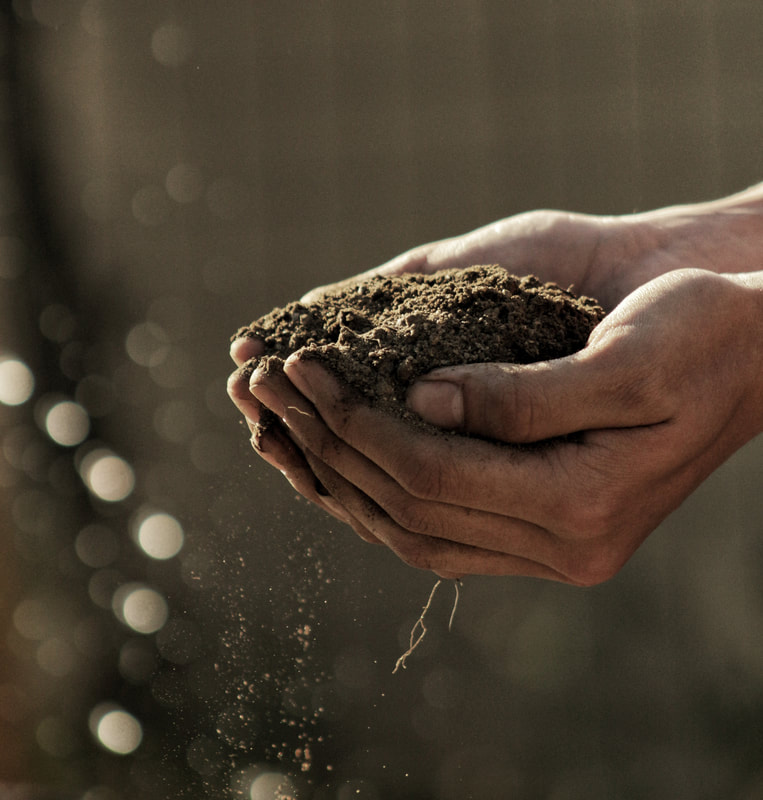
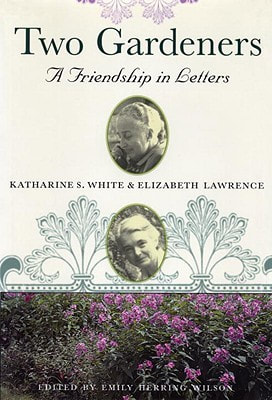
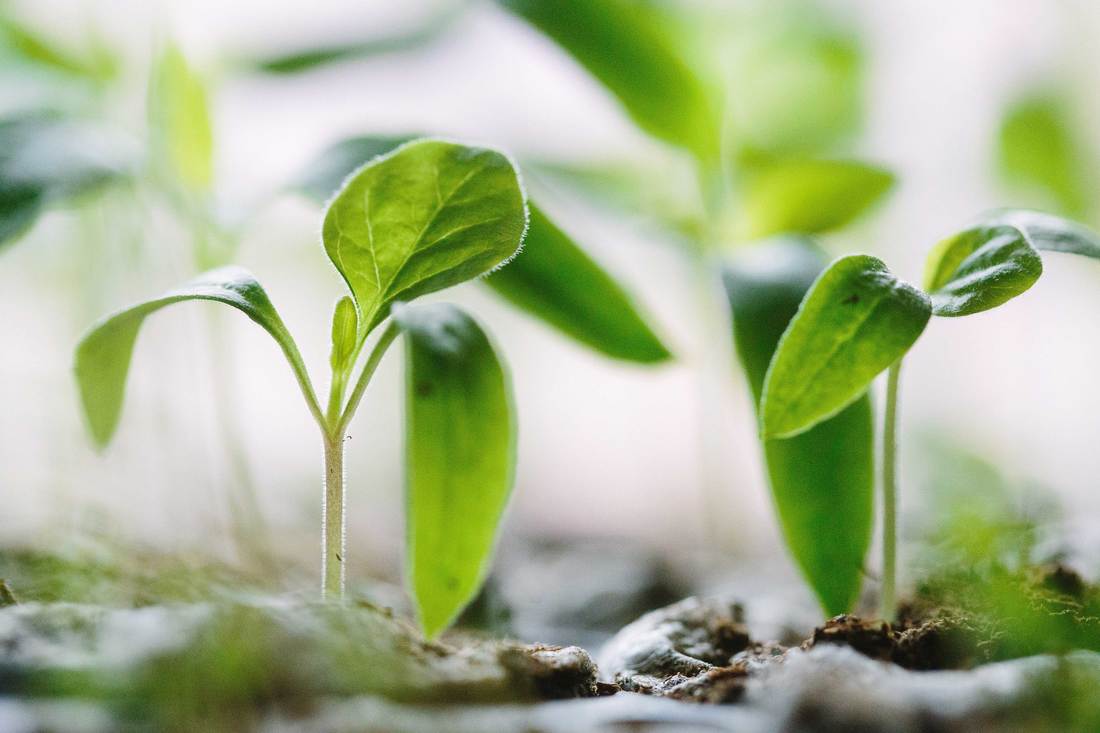
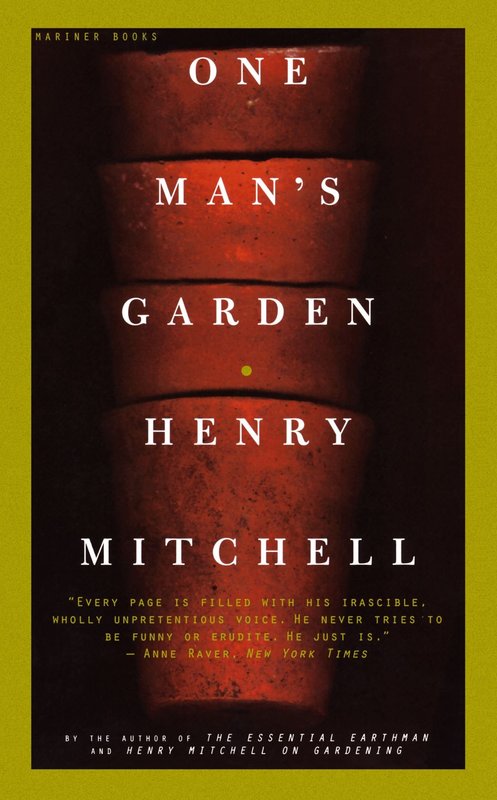
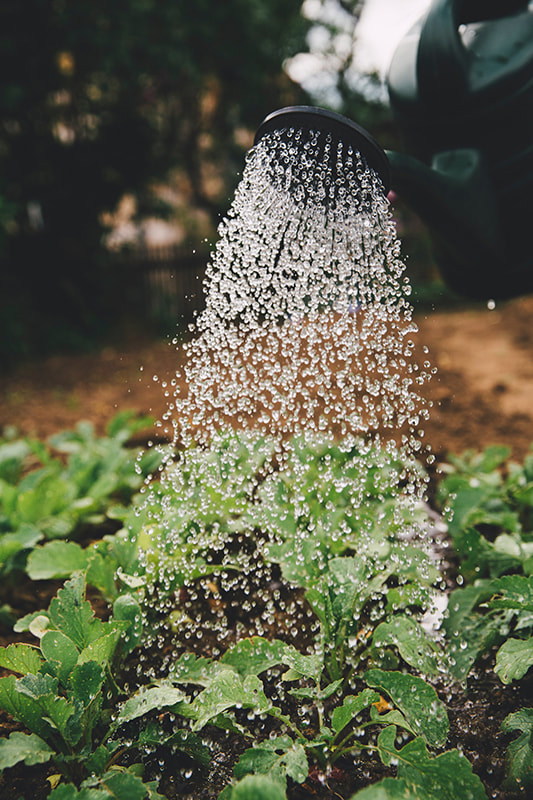
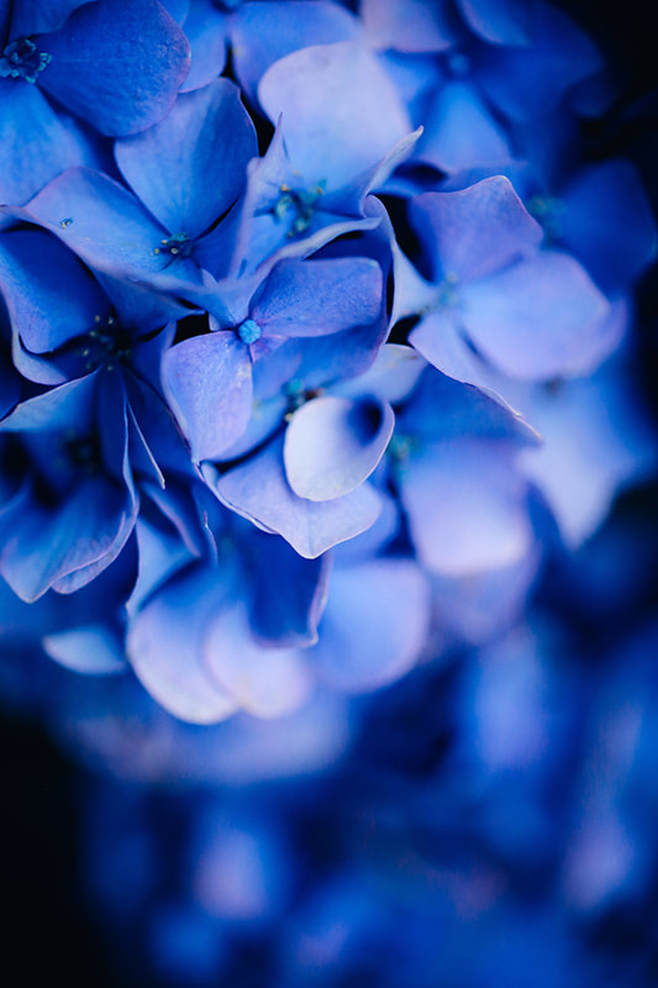

























 RSS Feed
RSS Feed























